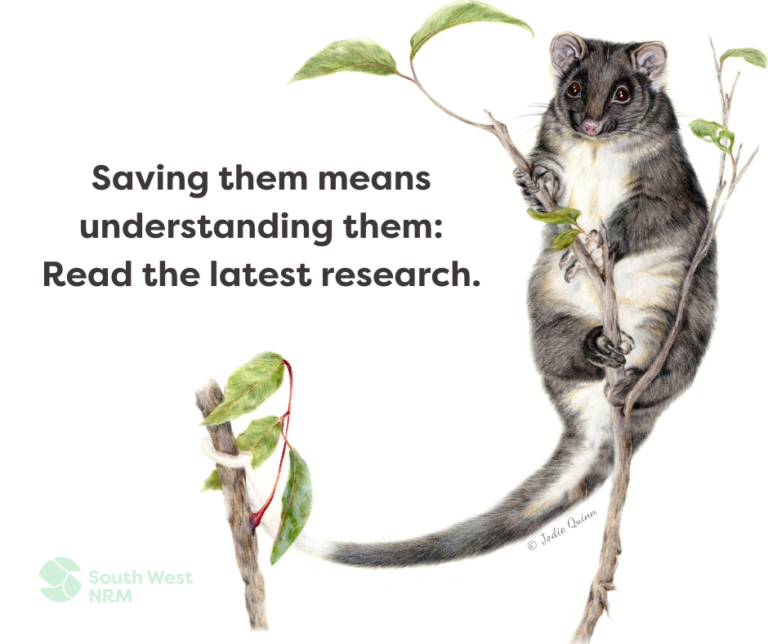
New research by University of WA on critically endangered western ringtail possums suggests populations are moving further south as they adapt to climate change.
With an estimated remaining population of about 8,000 and found nowhere else on earth besides the South West corner of WA, masters student Grace Marsh and her supervisor Sean Buckley found possums located between Bunbury and Perth were at the highest risk and would struggle to adapt to climate change.
In addition, the research found possums further south, particularly along the coastline between Margaret River and Walpole, were less vulnerable.
Dr Buckley told ABC South West: “The modelling shows that this is going to be one of the last bastions of a good climate refuge for the possums in the future.”
He also said more possums might migrate or be placed to establish new populations in the Margaret River region, so it was important to protect habitat in the area.
You can read the full article HERE.
South West NRM Sustainability and Environment Lead Linda Metz said ongoing research on the species was vital to informing conservation efforts.
Earlier this year, South West NRM, working with local landcare and wildlife rehabilitation organisations, wrapped up a five-year project delivered on behalf of the Federal Government’s National Landare Program, designed to help stabilise and improve the plight of the western ringtail possum along with other threatened species including the numbat, woylie, chuditch and malleefowl across the south west NRM region.
The series of projects created, improved and reconnected habitat for threatened species, controlled introduced predators and herbivores, improved scientific understanding of the needs of threatened fauna, improved rehabilitation practices for injured wildlife and engaged the community in the conservation of our unique native fauna.
Key achievements of the project
On-ground habitat improvements:
- 143 ha of native revegetation.
- 240 ha of weed control and 26 km of fencing to protect 229 ha of habitat.
- 64 Land for Wildlife property assessments undertaken on privately managed remnant vegetation.
- Two rope bridges constructed in Busselton and Dunsborough for western ringtail possums.
Western ringtail possum rehabilitation:
126 rehabilitated western ringtail possums tracked across seven releases to determine survival rates and test management interventions.
Survival rates increased from 5% in the first release to 67% in the final release. Factors found to improve survival rates were sustained fox control and predator awareness training.
Feral predator control:
- 58,000 ha of feral animal control;
- Four trials of Felixer grooming traps completed across 56,000 ha;
- These trials recorded 7,000 sightings of feral cats and 41,000 sightings of native fauna from almost two million images;
- Cat activity reduced by up to 49% after Felixers were deployed for three months.
You can read more about South West NRM projects to improve the trajectory of western ringtail possums on our dedicated WRP page.



